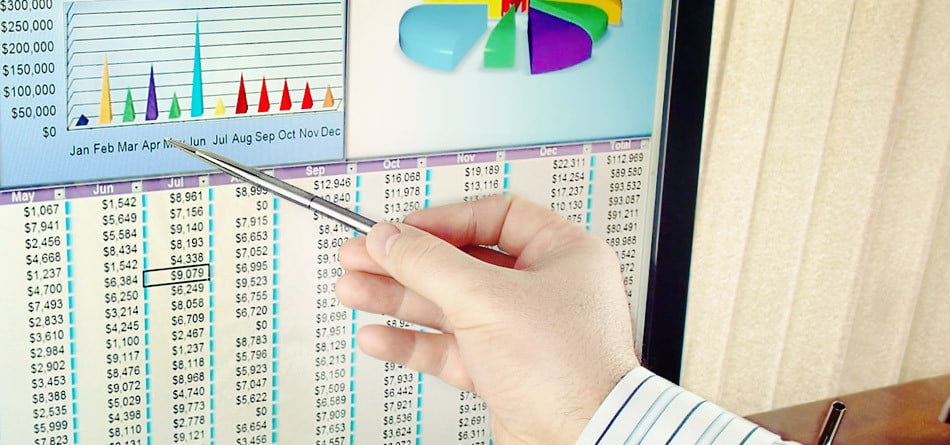Trade repositories have received millions of valuation reports under the new reporting regulations which came into effect under the European Market Infrastructure Regulations last week.
Since February, both sides of derivatives deals in Europe have been required to report over-the-counter and exchange-traded derivatives to one of six approved trade repositories under the Emir.
Since August 11 the Emir trade reporting requirements have expanded to include collateral and valuation information for transactions, positions and portfolios.
UnaVista, the London Stock Exchange Group unit which provides trade matching, validation and reconciliation platform said that last week that it received a daily average of 6.68 million valuation reports.
The average end-to-end response times for delivery, validation, trade response were about 15 minutes for trades and valuations across the board at Univista.
Ian McLelland, chief executive of DDRL Europe, the US DTCC’s European trade repository, said in an email to Markets Media that in the firm worked very closely with its client base for many months and enabled them to test capabilities for several weeks in advance of the August 11 deadline in order to ensure a smooth launch for Emir’s collateral and valuation reporting.
“The new global trade repository collateral and valuation capabilities have been live for over a week, and we have seen a large number of customers starting to report to us well in advance of the compliance deadline,” added McLelland. “We are observing millions of additional reports to our GTR service as a result of the new reporting requirement, and we are processing this additional data without issue.”
There had been concerns that the additional reporting would cause problems following the low pairing and matching rates of reported trades and poor reconciliations between the six repositories authorised by the European Securities and Markets Authority since February.
Consultancy Sapient Global Markets said in a blog that six months after Emir trade reporting went live, reconciliations between trade repositories were less than 3% for listed derivatives and approximately 30% for over-the-counter derivatives.
“Consequently, Esma has now told trade repositories that they must take steps to improve their low levels of inter-TR reconciliation and poor data quality, which means pairing and matching rates must improve too,” added Sapient. “Despite this, Esma has said that although they will be working with TRs and industry bodies on the standardisation of reporting, they will not be issuing any more guidance.”
Sapient said the low pairing and matching rates could stem from operational deficiencies within repositories which are instigating incorrect, duplicate or failed reporting and from inconsistent interpretation across the industry of the reporting guidelines provided by Esma.
“Emir mandates dual-reporting requirements,” added Sapient. “This, alongside the existence of multiple TRs, often means that reporting counterparties are reporting their trades to different TRs who, in turn, are accepting different standards and formats leading to inconsistencies in data field matching.”
David Nowell, head of industry relations and regulatory compliance at UnaVista, said in an email to Market Media: "We still have a long way to go as an industry but clients were reporting collateral and valuations through the UnaVista system before the go-live date so we were well prepared and from our perspective everything has gone well. Average end to end response times can be measured in minutes rather than hours so we feel the UnaVista Trade Repository is performing well."
Nowell added that UnaVista will continue to work closely with Esma and the other trade repositories to move towards a more standardised approach for trade reporting which will make the regime easier for the whole industry.
Featured image via NAN/Dollar Photo Club














